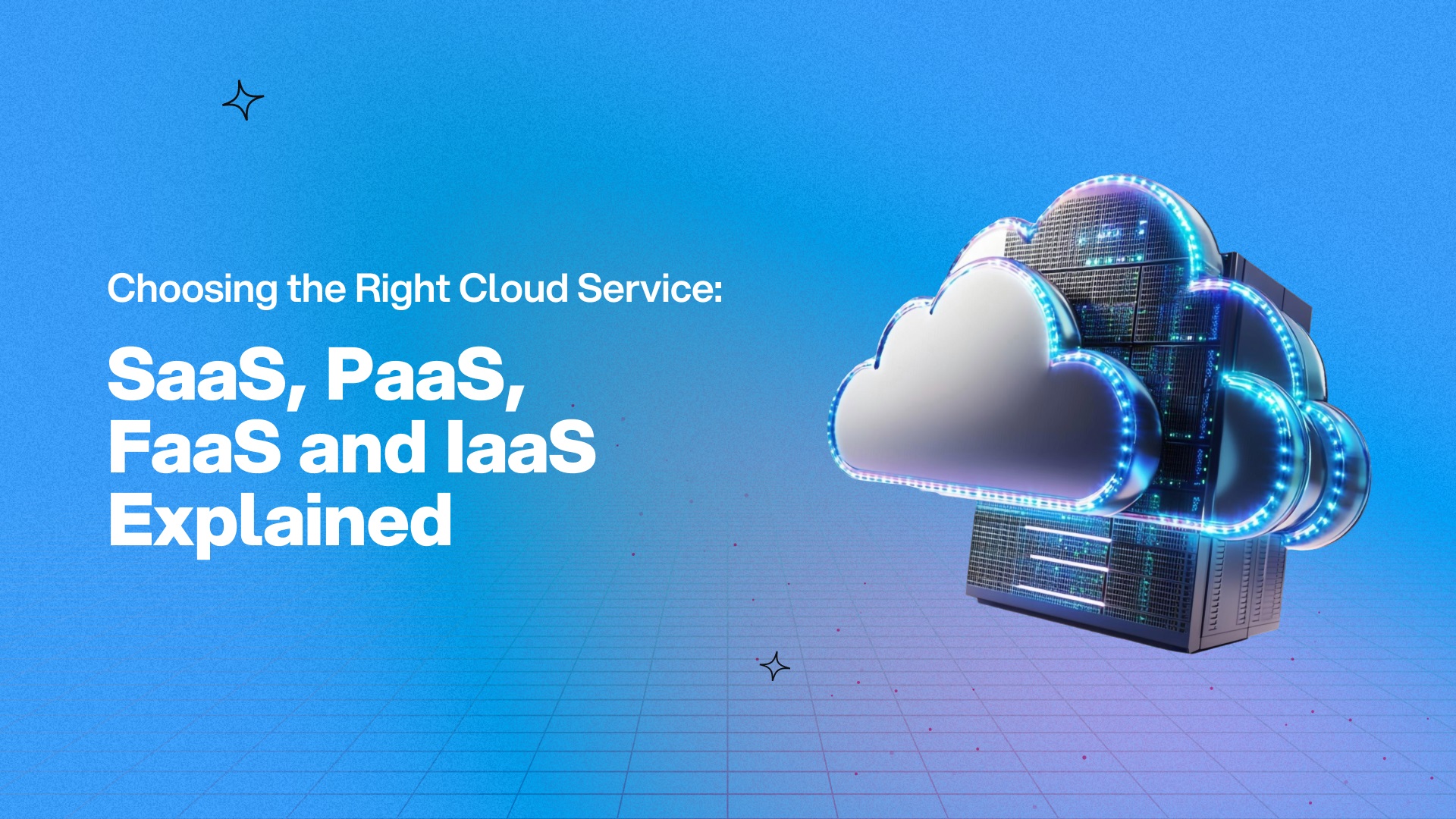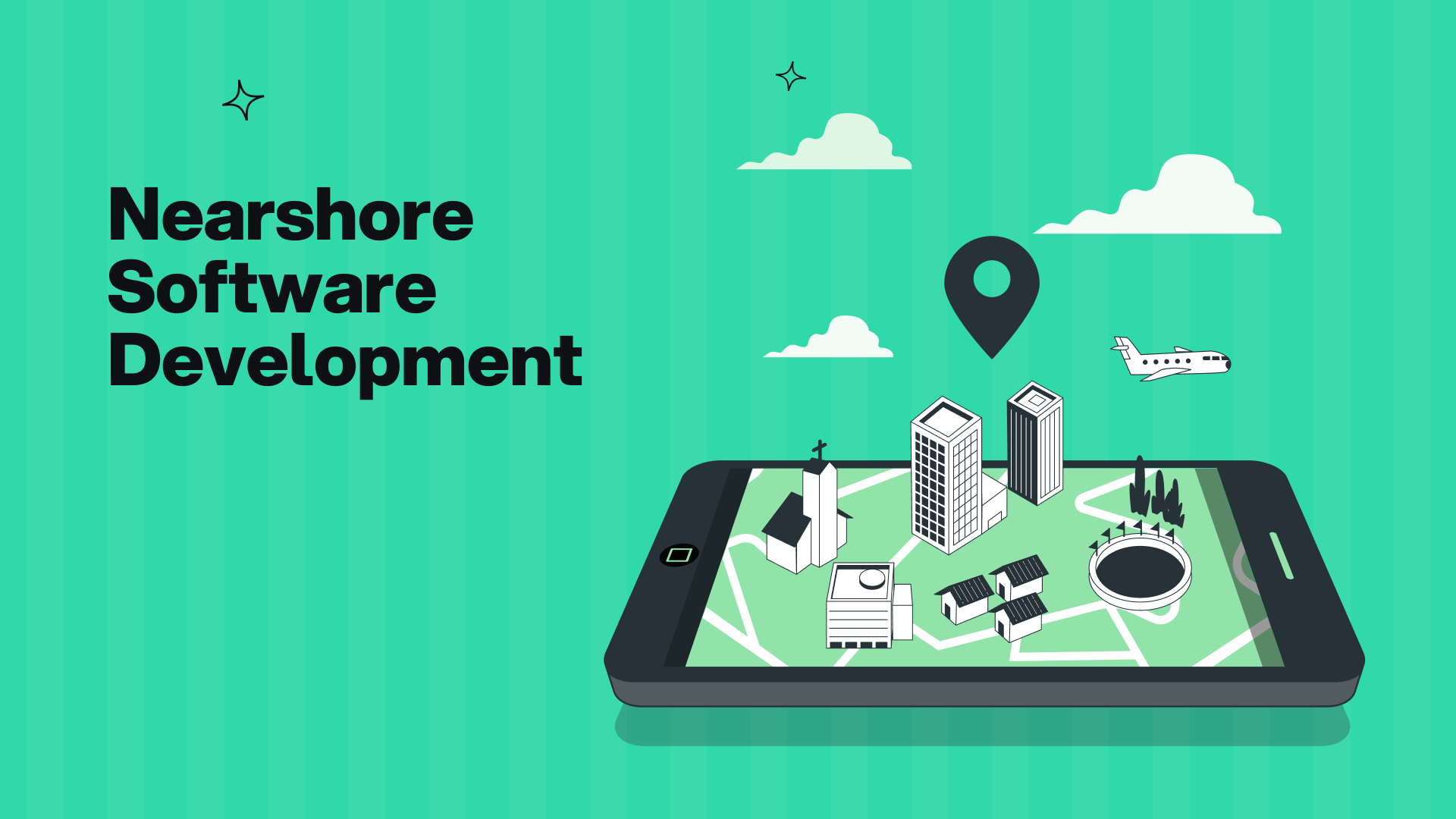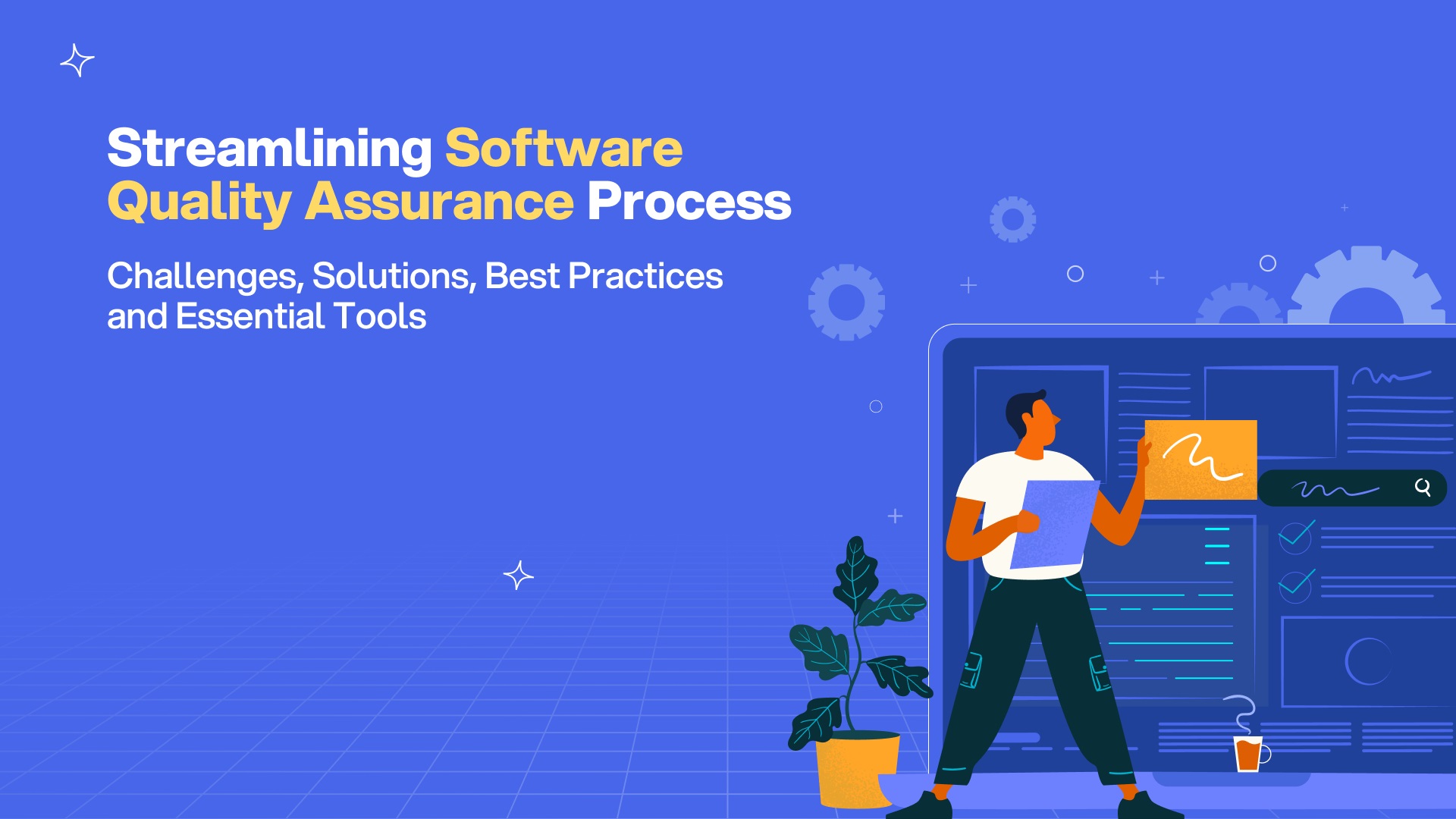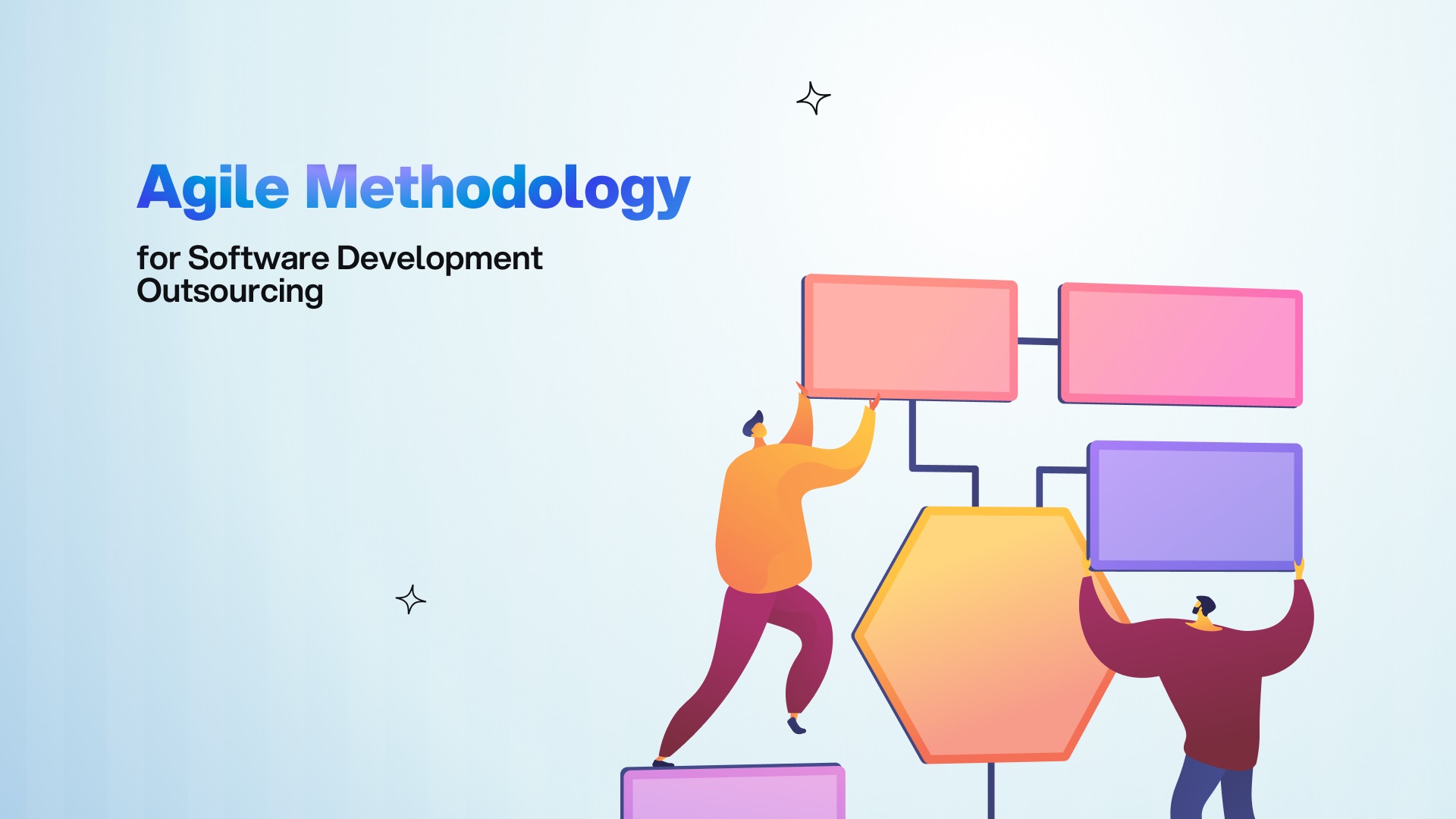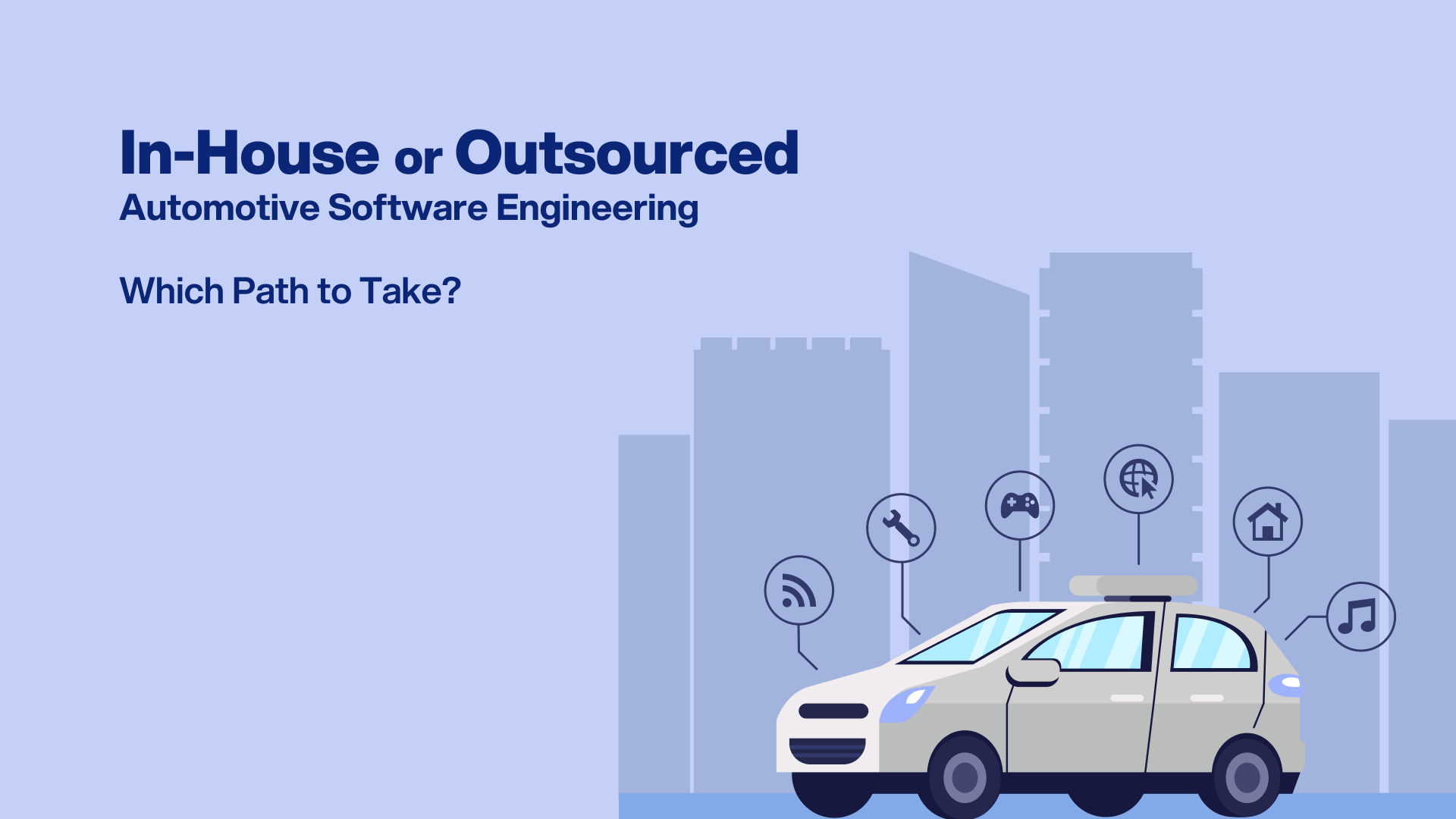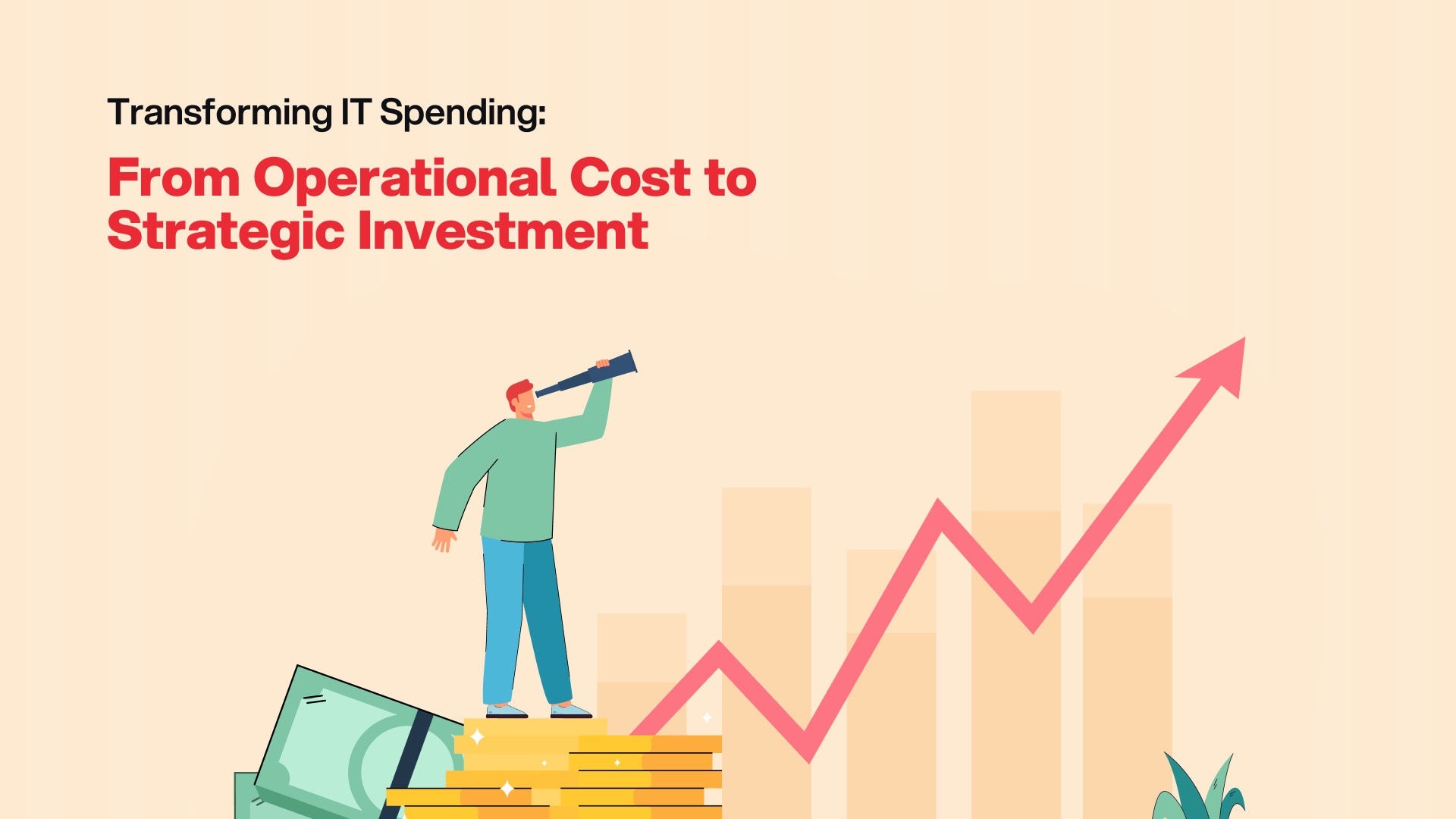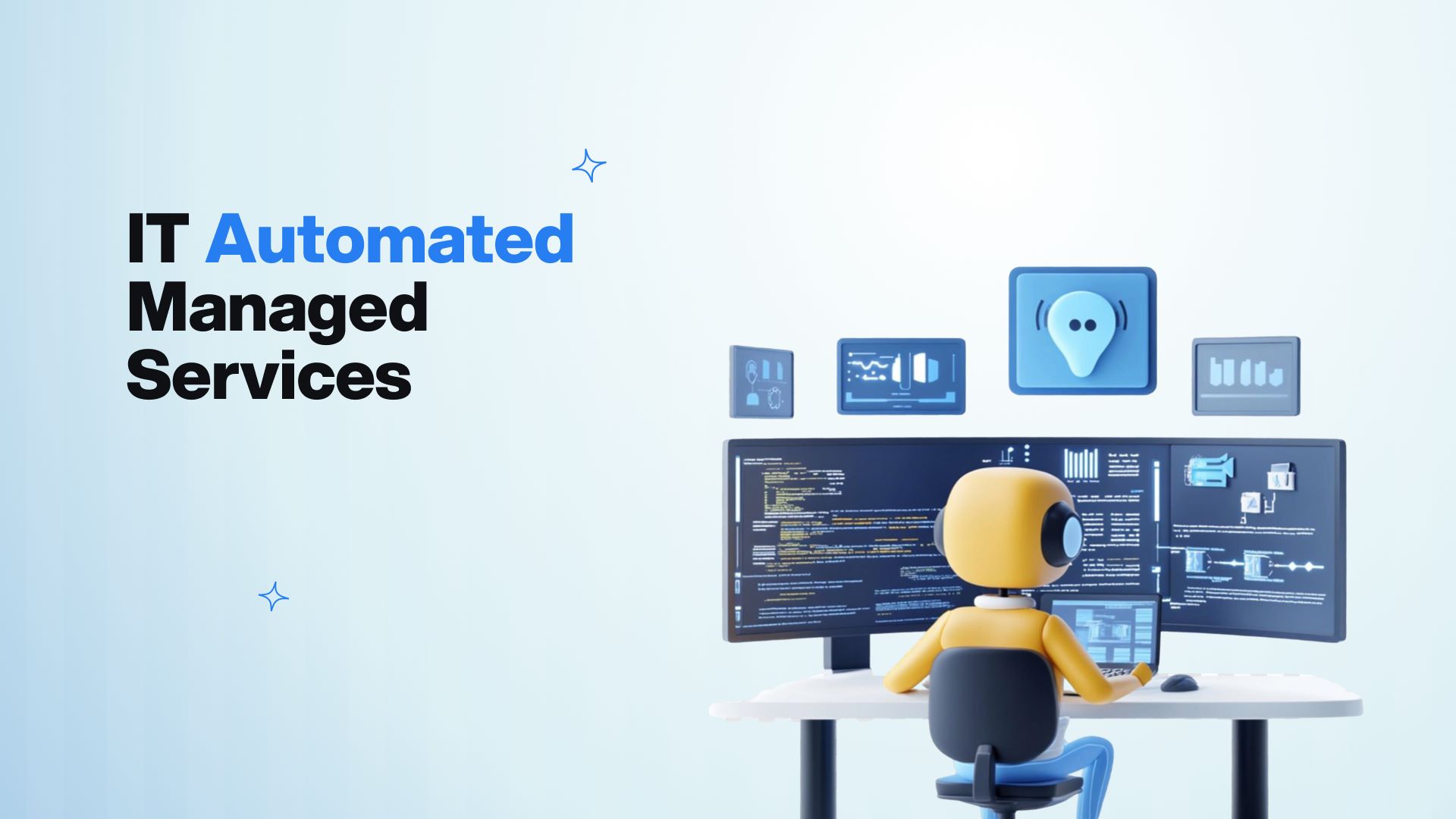
Contents
In Today’s Fast-Paced Digital World, IT Automation is a Game-Changer. Imagine running a business where routine IT maintenance, security updates, and server monitoring happen seamlessly—without you lifting a finger. Sounds like a dream, right? With a Managed Service Environment (MSE), that dream becomes a reality. IT automation solutions help businesses streamline operations, reduce downtime, and enhance security, all while improving overall efficiency.
In today’s hyper-connected world, businesses face increasing pressure to maintain a secure, scalable, and cost-effective IT infrastructure. Manual IT management is not only time-consuming but also prone to errors and inefficiencies. This is where automated managed services come in, offering a smarter approach to IT management that ensures seamless performance and enhanced security.
Why Transition to a Managed Service Environment (MSE)?
Let’s consider a real-world scenario.
A growing e-commerce company in the U.S. struggled with IT bottlenecks during peak seasons. Their in-house IT team was overwhelmed by server maintenance, system monitoring, and customer support. One night, their servers crashed due to manual monitoring failures, leading to significant revenue loss.
To overcome this, they transitioned to an MSE solution, which automated their IT processes, enhanced system uptime, and allowed their IT team to focus on customer experience and business expansion. The result? Reduced downtime, improved service delivery, and greater operational efficiency.
What is a Managed Service Environment (MSE)?
An MSE is a third-party IT service provider that monitors, maintains, and troubleshoots IT systems such as networks, servers, and applications. By leveraging AI-driven automation, MSE reduces human intervention, enhances security, and optimizes IT costs.
With MSE, businesses can:
- Automate IT operations to eliminate repetitive tasks
- Enhance cybersecurity with real-time monitoring and updates
- Optimize IT costs by reducing infrastructure overhead
- Scale IT resources effortlessly to meet business demands
According to market research, the managed services industry is projected to grow at a CAGR of 7.9%, from $303.16 billion in 2025 to $443.38 billion by 2030. This highlights the increasing adoption of MSE solutions across industries.1
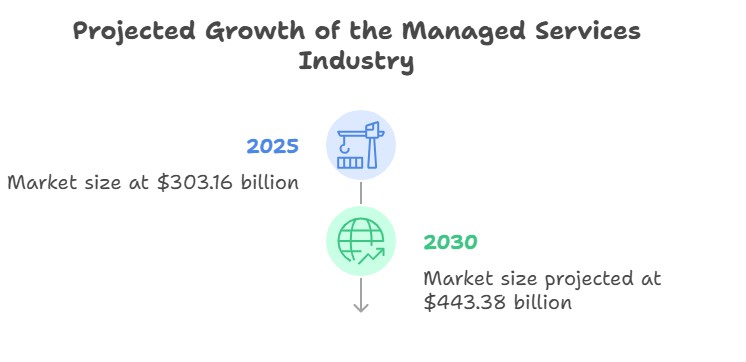
How Does Managed Service Environment Work?
A smooth MSE transition involves several key stages:
Strategic Planning & Assessment
- Align IT automation with business goals
- Identify processes suitable for automation
Automation Design
- Develop frameworks to enhance IT efficiency
- Optimize resource allocation and security measures
Implementation & Migration
- Deploy automation solutions in phases
- Ensure minimal disruption to existing workflows
Continuous Monitoring & Optimization
- Track system performance in real time
- Enhance operational efficiency with AI-driven analytics
Governance & Compliance
- Ensure adherence to GDPR, ISO, and other regulatory standards
- Implement robust cybersecurity and data privacy protocols
Find Your Perfect Software Outsourcing Partner
Unlock a world of trusted software outsourcing companies and elevate your business operations seamlessly.
Discover CompaniesChoosing the Right MSE Model for Your Business
Selecting the right managed service model is crucial for a successful transition. Here are the three primary models:
Infrastructure as a Service (IaaS)
Best for businesses that require maximum control over their IT infrastructure. Ideal for companies with in-house IT expertise looking to customize their environments.
Platform as a Service (PaaS)
Offers a balanced approach between infrastructure and development environments. Great for businesses focused on software development without managing complex infrastructure.
Software as a Service (SaaS)
A fully managed solution ideal for businesses that want an effortless IT management experience with minimal technical oversight.
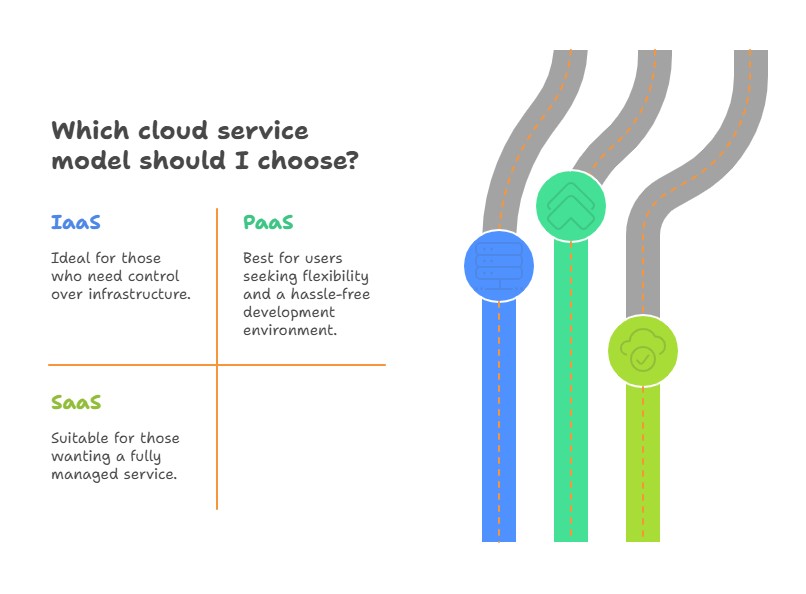
Pro Tips for a Smooth MSE Migration
- Take it step by step – Migrate non-critical systems first before moving core workloads.
- Prioritize security – Implement multi-layered security protocols.
- Test before going live – Conduct a dry run to avoid unexpected issues.
- Always have a backup plan – Be prepared for contingencies to ensure business continuity.
Final Thoughts: Is MSE the Right Choice for You?
Migrating to an automated IT management system requires effort, but the benefits are undeniable. Enhanced security, cost savings, and seamless IT operations make MSE a strategic investment for businesses aiming for digital transformation.

